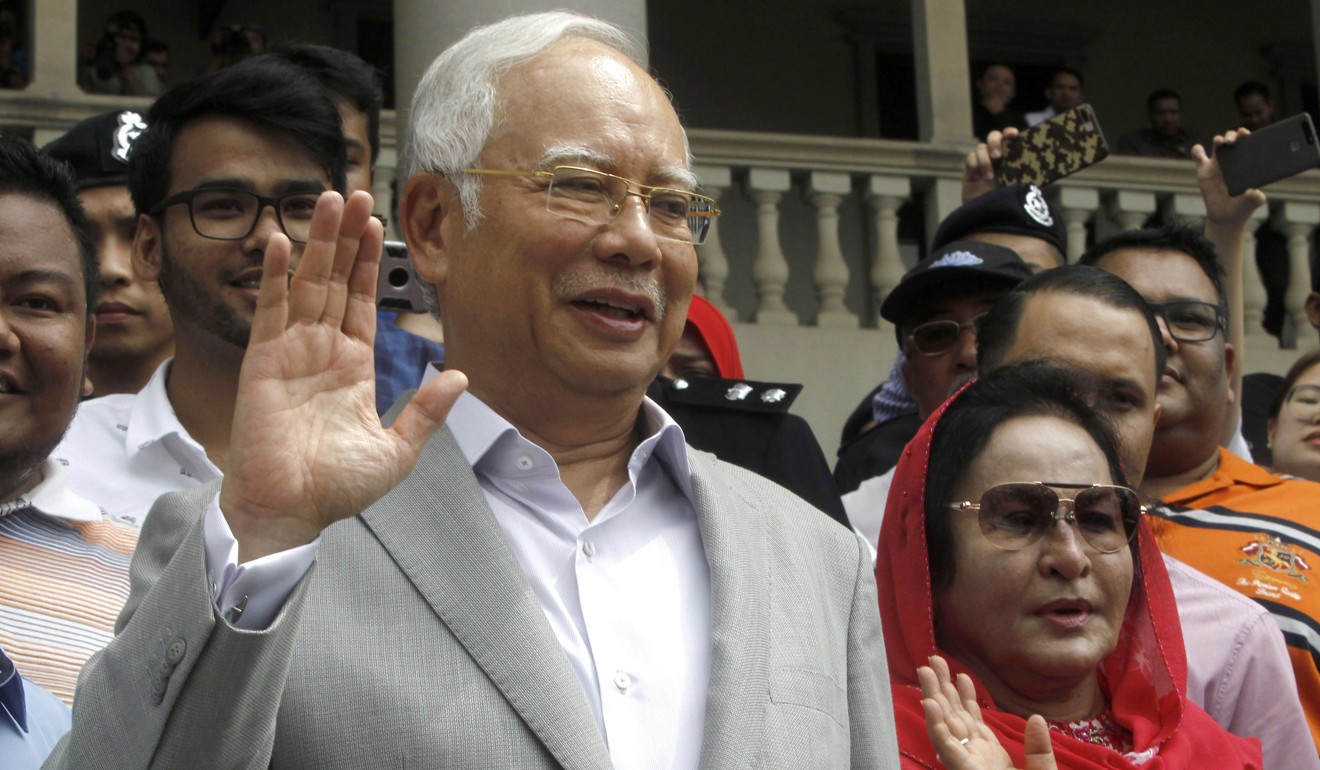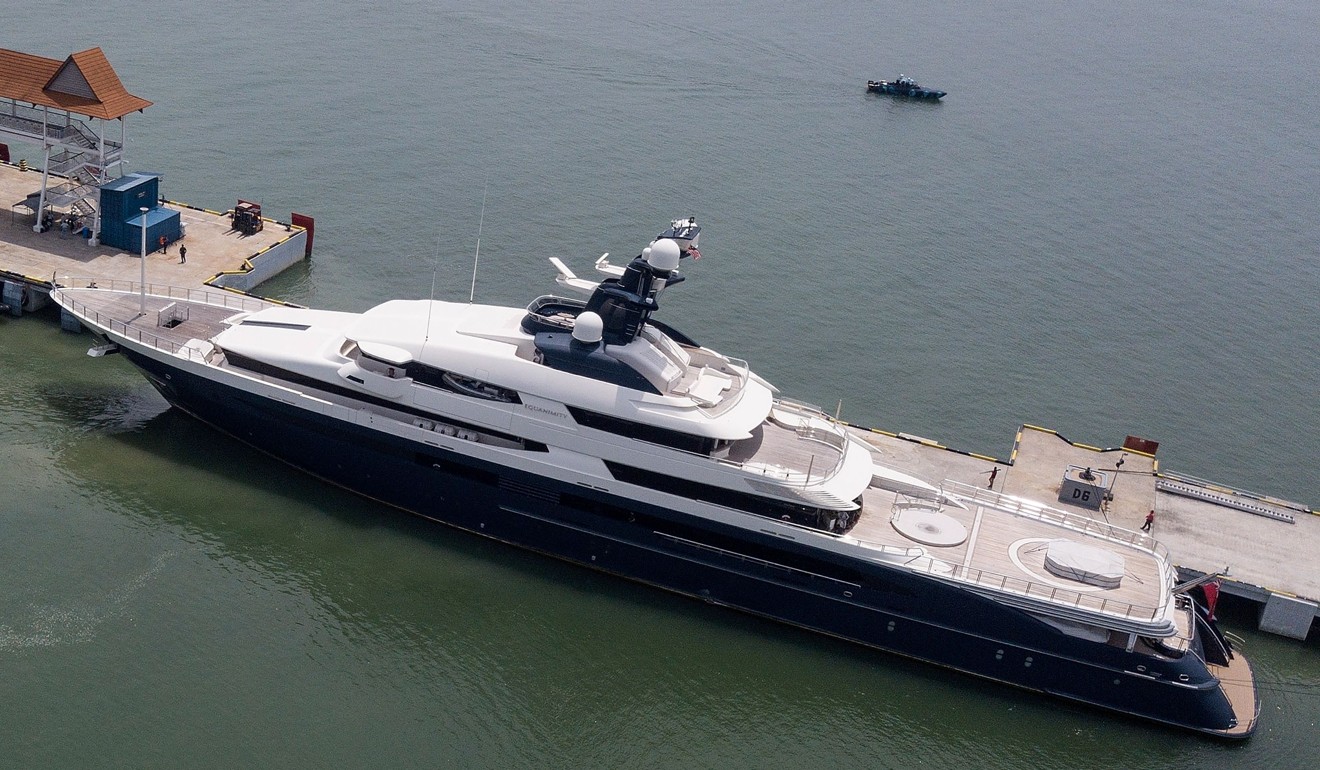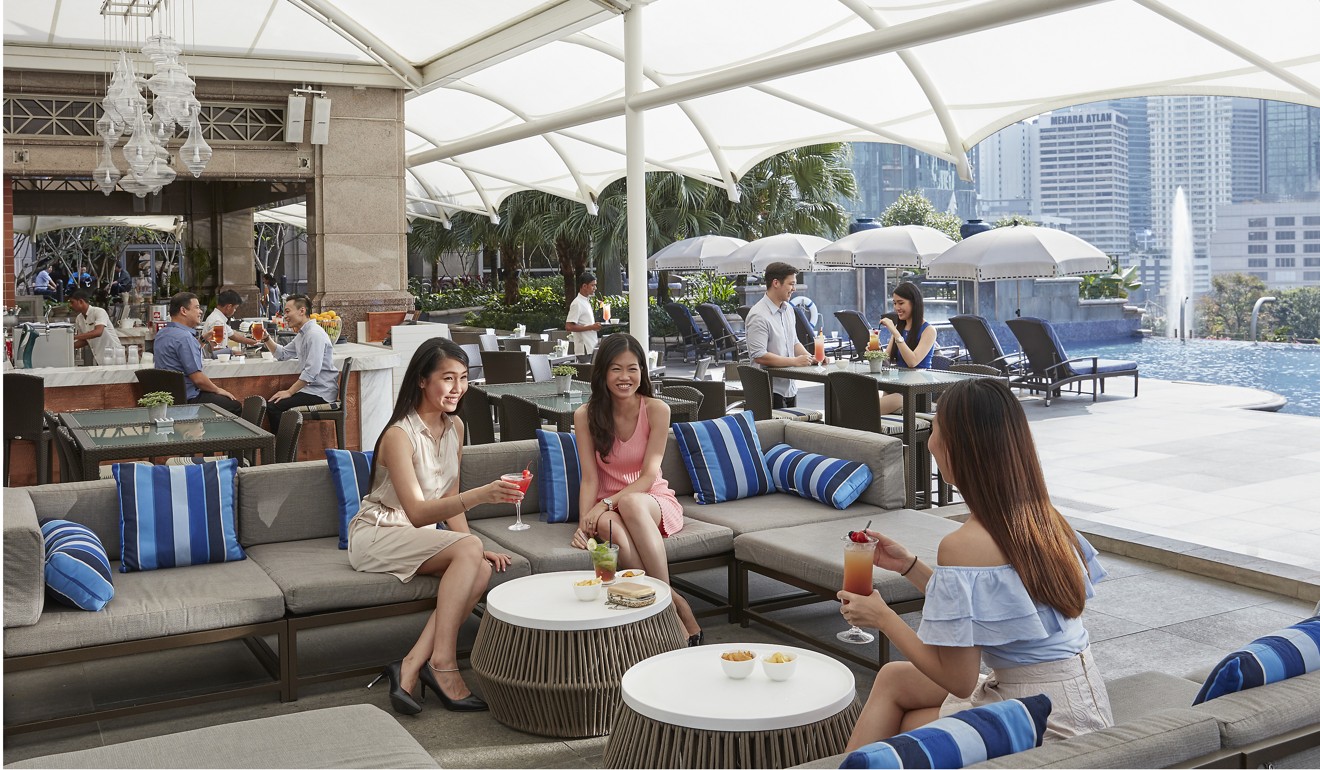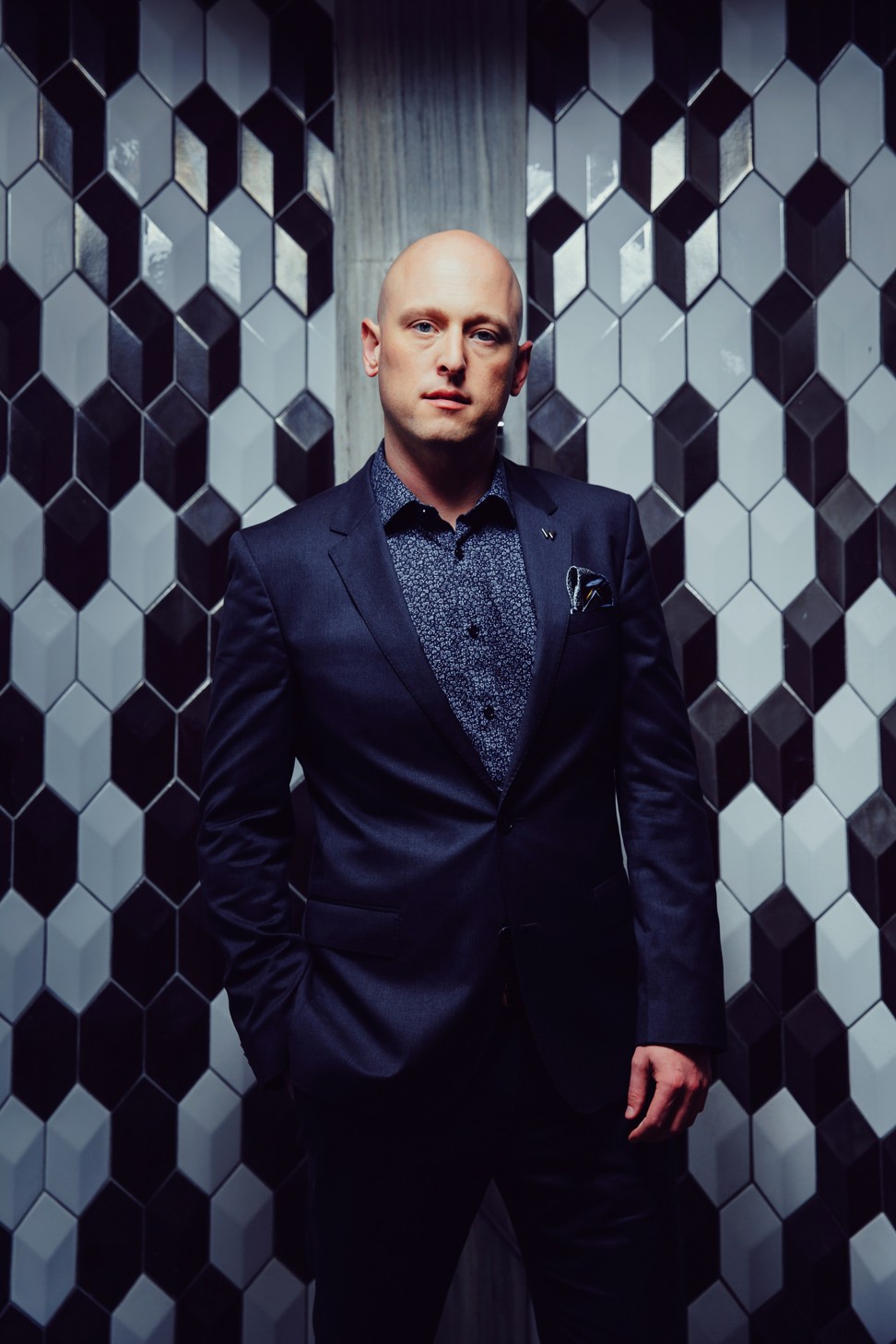
Malaysia luxury lovers divided: some hide their Hermes Birkins, others carry on shopping
After Malaysians watched transfixed as former first lady's handbags were carted off by investigators, some are being discreet about their wealth, while others spend with renewed zest

It was Malaysia’s let-them-eat-cake moment: a change of government for the first time in 60 years, no prickle of tear gas in the air, not one shot fired in anger.
The carnage following the country’s 1969 general election had left people with a perpetual fear of voting opposition. But on May 9 this year, Malaysians changed the script and wrote off a scandal-plagued government.
As part of the new government’s reopened investigation into several billion US dollars allegedly embezzled from the investment fund 1Malaysia Development Berhad (1MDB), police seized 284 boxes of handbags comprising a significant number of Hermes Birkin bags, along with millions in cash, jewellery and other items, from luxury residences linked to former Prime Minister Najib Razak and his wife Rosmah Mansor.
Against this backdrop, the new government announced the national debt at 1 trillion ringgit (US$240 billion) and that tens of billions of tax refunds were unreturned. Just this month it also reintroduced a restructured value-added tax.

Amid all this, Kuala Lumpur made the list of top 10 cities for luxury store openings last year, according to the Savills Global Luxury Retail 2018 Outlook report. In this confluence of conspicuous consumption and austerity, how do luxury brands sit in New Malaysia?
“In two opposing ways, some feel they have to be less conspicuous,” says Natasha Kraal, editor-in-chief of Harper’s Bazaar Malaysia. “The Birkins are on a short hiatus, for sure, while others show increased spending confidence in light of the stable political climate and positive nationalistic sentiments.”
Kenneth Tan, editorial director of Robb Report Malaysia, holds a similar opinion. “Most of the business of luxury is driven by sentiment. The new government signals change; a great promise of accountability, less [wastage] and the hope of proper economic development, among others. All this has led to a much more bullish mood for consumption.”

Conversely, he adds, brand cachet is unlikely to be affected when “friends of the brand” in high places become discredited. “Most brands are bigger than their perceived identity within Malaysia. Consumers will still evaluate them on their quality markers, craftsmanship, rarity and brand promise.”
Financial journalist Khoo Hsu Chuang says luxury buyers are going to keep shopping. “Buyers of ultra-high-end goods don’t care about 1MDB. Nor are they affected by market corrections and recessions because their wealth is downside-protected and yielding handsome returns year in, year out.”
You have 20-somethings in Patek Philippe Calatravas and classic Cartiers [instead of] chunky, flashy Hublots
Kraal notes that the buying habits of “dedicated followers of fashion”, buoyed by wealth and solipsism, have not altered in any significant way.
Apart from the political class and crazy rich, who else is splashing out on the good life in New Malaysia?
“It is very hard to say who is spending well these days,” says Isadora Chai, chef and restaurateur of Bistro à Table in Petaling Jaya. “Now that the country is broke and most business owners want to avoid being noticed by the tax man, there is less conspicuous and ostentatious spending. However, I am very surprised to see the rise of the middle income market – employees who aspire to eat where their bosses eat, albeit they do save up for such special occasions.”

Of the country’s aspirational consumers, Kraal says “the defining demographics have evolved; [the equivalent of] the nouveau riche of the ’90s are today’s Gen Zs in terms of fresh income and appetite for luxury.”
For the young luxury client in New Malaysia, the rules of engagement have changed, Kraal adds. “It’s not just about owning and showing, or about status and price: luxury today has become a lot more personalised – [it’s about] who they are, over what they own. They respond to values, emotions, stories, heritage and connections. Ethics, experiences and the environment also factor in their decisions.”

They also demand “personalisation and recognition” when it comes to premium hospitality, says Frank Stocek, general manager of Mandarin Oriental Kuala Lumpur.
The hotel was a showcase of an emerging, globalising country when it opened in October 1998 as part of the defining Petronas Twin Towers project. In the New Malaysia of 20 years later, it sees several competitors in its Kuala Lumpur city centre location. The Four Seasons opened in July; the Jumeirah, also within walking distance, opens in 2021. A little further away is the Banyan Tree.
But of the hotel’s new neighbours, it is the newest kid on the block, W Kuala Lumpur, that has the attention of young luxury consumers.

General manager Christian Metzner describes the response to the hotel so far as “overwhelmingly good”. He declines to generalise about who the sweet spot of W Kuala Lumpur’s target market is, but says, “we’ll put a hyperlocal Kuala Lumpur spin on what the W experience will be.”

Metzner’s extremely positive market outlook for the hotel, however, is revealing of how it sees this city’s luxury consumer. “We want to be the ‘it’ hotel in Kuala Lumpur for epic experiences. W brings the brand’s show-stopping New York energy, “whatever/whenever” service mentality … All that is to say: our mission is to fuel lust for life.”
Kraal says the new luxury consumer desires the hottest, newest and latest. “[But] there is also real appreciation for heritage, bespoke and classic brands. Everything is cyclical and now, loud logos are [being] set aside for the subtle symbols of luxury that speak to establishment, old money, class, taste and sartorialism. You have 20-somethings in Patek Philippe Calatravas and classic Cartiers [instead of] chunky, flashy Hublots – estate jewellery style over statement carats.”
But cultivating a taste for the finer things in New Malaysia is not easy because of the country’s different ethnic groups and the complex social segments they each carry, says a highly experienced public relations practitioner, who prefers not to be named.
“‘Old money’ Malaysians are a little more discerning and possibly have long-term relationships with selected brands that permeate from one generation to the next,” she explains. “They’re probably more particular about quality and value too, especially the old Chinese scions.
“[One managing director of a luxury brand] flies twice a year to East Malaysia for private showings for her timber tycoon clientele. In these scenarios, she may be presenting collections to two or three generations of customers from the same family – mother, daughters, granddaughters. Plus, old-money families generally have relationships with each other and move in the same rarefied circles, so word of mouth and peer recommendations are part and parcel of the game.
“Also assume that lineage, and not just money, defines you. There is a confidence that comes with being a blue blood so there is less need for show and tell. A friend of mine who comes from one of the wealthiest families in Penang drives a Perodua [a compact budget car] because she says large cars are impractical in Georgetown [the island’s capital]. Then again, the Penang old-money ‘Nyonya’ families are all rather eccentric.”
Ultimately, at the heart of the luxury lifestyle in New Malaysia sits the new-found relationship between equality and the need to feel above it all, the inclusivity of the democratic wave that swept the new government to power, and the privileges of another bygone age.